|
I was asked to consult on the analysis of this diamond via the GIA Certification. It is an E Color VVS2 clarity and 2.57 carats. Client purchased the diamond and had it set. She is so happy and enjoying her purchase. I love diamond consulting!!
0 Comments
This is an amazing 2.73 carat round brilliant diamond set in 18K yellow gold containing approximately 1 carat of diamonds. An expert overview of the illustrious maison, the jeweller of choice for kings and queens, celebrities and tycoons. Illustrated with historic and beautiful Cartier necklaces, bracelets, rings, brooches and clocks offered at Christie’s
Cartier jewels — An expert guide | Christie's (christies.com) www.christies.com/lot/lot-6367687?ldp_breadcrumb=back&intObjectID=6367687&from=salessummary&lid=1THE ROCK A SENSATIONAL DIAMOND (christies.com)
THE ROCK A SENSATIONAL DIAMOND Pear brilliant-cut diamond of 228.31 carats, accompanied by a fitted case; with a round diamond and platinum pendant mounting, signed Cartier GIA, 2022, report no. 2175864368: 228.31 carats, G colour, VS1 clarity, excellent polish and symmetry Accompanied by a letter from the Gemological Institute of America stating that this diamond is the 'largest existing D-to-Z colour range pear-shaped diamond' graded by their laboratory Size/Dimensions: 5.4 x 3.1 cm (mounting) Gross weight: 61.3 grams Sold to a very happy client in California this magnificent 3.80 carat round brilliant set with round brilliant diamonds on the sides makes for a spectacular diamond ring. In the 1980s, an aquamarine crystal three feet long weighing nearly 100 pounds was discovered in the state of Minas Gerais in Brazil. Unfortunately, the crystal was dropped and broken into three pieces. The mine owner sold two of the pieces to be cut up into gems for jewelry. The largest piece (Image 3) - named the Dom Pedro after the two emperors of Brazil (Dom Pedro I and his son, Dom Pedro II, who ruled during the 19th century) - was acquired by German gem artist Bernd Munsteiner. Munsteiner decided to carve a sculpture from the massive crystal rather than cutting it into gems, even though the latter would've generated more profit. Using an art he pioneered, he crafted a fantasy cut obelisk weighing more than 10,000 carats. The sculpture was described by Smithsonian Magazine as being "shot through with radiant starbursts of astonishing intricacy and precision." The Dom Pedro aquamarine, the largest known single piece of cut gem quality aquamarine in the world, was donated to the Smithsonian by Jane Mitchell and her husband Jeffrey Bland. It is housed in its own display case just 30 feet from the Hope Diamond.
(Image 1) Courtesy: BRENDAN SMIALOWSKI/AFP via Getty Images (Image 2) Courtesy: Donald E. Hurlbert, Smithsonian Institution (Image 3) Courtesy: Tom Munsteiner Why are green diamonds green? It’s not an easy question to answer due to their incredible rarity. But after examining over 50,000 naturally colored greenish diamonds, including more than 9,000 pure green diamonds in the lab in the past decade, GIA scientists have confirmed that many of them got their color from exposure to radioactive minerals and fluids in the earth’s crust. Over thousands to millions of years, radiation produced by the decay of isotopes of elements such as uranium and thorium (present in minerals or dissolved in geological fluids) changed the diamond's structure by displacing carbon atoms to create vacant atomic positions. These vacancies caused the diamond to absorb the red part of the light, while nitrogen-related defects often found in natural diamonds absorb the blue part of light; this combination allows primarily green light to be seen. This particular beauty is the 5.03 carat Aurora Green diamond. Graded Fancy Vivid Green by GIA, it is one of the most famous green diamonds in the world and is currently owned by Chow Tai Fook. Courtesy of Chow Tai Fook Jewellery Group
Roses are red, violets are blue...But even better is this pink and blue diamond flower-motif ring by Moussaieff! In the center is a 3.24 carat Internally Flawless, Fancy Vivid blue square emerald-cut diamond surrounded by seven oval diamonds that range from Fancy Vivid pink, Fancy Vivid purplish pink, Fancy Intense pink to Fancy Deep pink. Learn more about how GIA grades fancy color diamonds Courtesy: Christie's
A DIAMOND, THE GIFT OF PROMISEBy Diane Vitanza, owner of Vins Jewelry
www.vinsjewelry.com We always hear about the value of a diamond as related to the 4 C’s, carat, cut, color and clarity. We always hear about the monetary value. Today I’d like to talk about what, in my opinion, is an even more important value. That is the emotional value. The value of a promise. We see images almost daily of someone on one knee before their loved one about to propose marriage, usually with a tiny box containing a diamond engagement ring being offered up. The recipient often shedding tears of elation, the excitement impossible to suppress. Or there’s the very common scene in a restaurant of the soon to be betrothed suddenly spotting a bright twinkle atop their decadent dessert and screeching with surprise, while onlooking patrons await the answer. The affirmative response commands applause by all. It’s not only the emotions of the couple experiencing the exchange, it also tugs at the heartstrings of most witnessing this promise of a lifetime, even when it’s on the jumbotron at a sporting event. I would like to inject a personal note at this point, so please forgive me, or just skip over this paragraph. My son met his beautiful wife at a baseball game. When he was ready to pop the question, he proposed at the exact spot where they met at the stadium. Romantic right? He wrote his proposal on a baseball and gave it to her to read. Romantic right? Here’s the best part. They were in the stadium standing next to a dumpster! Romantic right? No diamond at that point, just a baseball. But in my humble opinion, it was way more romantic than anything he could have done. Diamonds vs baseballs? I mean, really? Two major baseball fans. A proposal written on a baseball and presented at the very spot they met? What could be more romantic? Don’t worry, she got a diamond later. Perhaps I should try to start a new tradition. A baseball instead of a diamond. Relax ladies, I wouldn’t dream of it! After all, diamonds are a girl’s best friend! Diamonds were first used as engagement rings during the Renaissance period. It represented the ultimate gift of love, and still does. Although the tradition of diamond engagement rings soared to popularity in the late 1940’s when the De Beers advertising campaign used the slogan “A diamond is forever”, a catchphrase that remains well used today. When it comes to a diamond, while the quality and the monetary value is important, it’s not nearly as significant as the value of the promise of love and devotion that it represents. It’s no small wonder that the giving of a diamond evokes such strong emotions. The earliest diamonds were discovered around the 4th century BC in India, although the diamond deposits were formed 900 million years ago. The diamond is rated 10 on the Mohs scale and is the hardest mineral on earth. Perhaps that’s one reason why it’s a symbol of an unbreakable bond of everlasting love. It’s the birthstone of April and denotes the 60th wedding anniversary. A diamond is not only one of the most precious gems in the world, it also represents a precious union, a precious promise of a future life together of two souls becoming one. Often a diamond will become a family heirloom that is passed down for generations to treasure and appreciate. While diamonds are found in all forms of jewelry, probably the most cherished is the engagement ring, the ultimate representation of the deepest love. The tradition of wearing a diamond engagement ring on the fourth finger of the left-hand dates to the ancient Romans who believed that this ring finger had a vein that ran directly to the heart. The Latin word Vena Amoris translates to mean “vein of love”. Ancient Romans believed diamonds were from the outer rings of the stars that had fallen to the earth. As the saying goes, a diamond is forever. The stars in the sky are forever. As always, until next time…Make a wish upon a star. Stars are the diamonds in the sky. The Jewelry Express
This week I’d like to talk about cleaning your jewelry. The very first rule in my playbook is to never use commercial jewelry cleaner. I’m not talking about taking it to your favorite shop and having it cleaned. Most professional jewelers know how to clean jewelry properly. I’m talking about the commercial jewelry cleaner you purchase online or in a department store, etc. The fact is you can do a much better job yourself at home. All you really need is mild liquid soap, warm water and a very soft bristle toothbrush. A baby’s toothbrush is perfect. Another great method for cleaning your jewelry instead of using soap, use toothpaste. Toothpaste is my preferred method. A little toothpaste on a soft baby’s toothbrush and some warm water, gently scrub all over, rinse with warm water and dry with a soft cloth. Your jewelry will shine like brand new! Before you do any cleaning, it’s a good idea to check the piece you’ll be cleaning to make sure any and all stones are secure. If you find any loose stones, then you should probably not try to clean it. Instead, take it to your favorite jeweler and have the stones tightened. Sometimes that may require re-tipping of prongs or replacing prongs or bezels. That all depends. A good jeweler will be able to determine that upon examining your piece. *A little tip: when cleaning your jewelry at home, use a plastic container with warm water and when you rinse it if you don’t have a separate container with clean water, if you must do it over a sink, be sure to have a screen in the drain hole. This is just in case a stone does fall out it won’t end up down the drain! I do not recommend using a commercial ultrasonic machine either. There are many stones that should never be put in an ultrasonic cleaning machine such as turquoise, coral, pearls and many others. So, I just advise avoiding them for anything. Pearls require special treatment. Pearls should never be put in any jewelry cleaner, even if it says it’s safe for use on pearls. Nor should they be placed in an ultrasonic machine or steam cleaned. After wearing your pearls, they should simply be wiped off with a clean soft cotton cloth. If you need to remove oils or dirt, then simply use a very mild soap and warm water and dry immediately. Your pearls should also not be kept in a dark, dry place for extended periods of time. Pearls are an organic gem and should be exposed to natural light and the moisture in the air. If they are left in a dark dry environment for a long time, they can discolor and loose their luster and turn brittle. If you do not wear your pearls on a regular basis and you store them in a jewelry box or similar way, take them out occasionally (at least once or twice a month) and place them in a spot wear they will get the exposure to natural light and air. Do this and your pearls will remain beautiful forever. If your pearls are set in gold or silver mountings such as a ring or pendant, I recommend cleaning the metal with a soft polishing cloth that is designed for cleaning silver or gold. When you’re buffing the metal, try not to use it on the pearl(s). Until next time…Make a wish upon a star. Stars are the diamonds in the sky. |
AuthorMary has a love for diamonds and is a GIA Graduate Archives
March 2024
Categories |
JEWELRY IS A BEAUTIFUL EXPRESSION OF WHAT MEMORIES ARE MADE OF
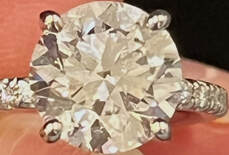
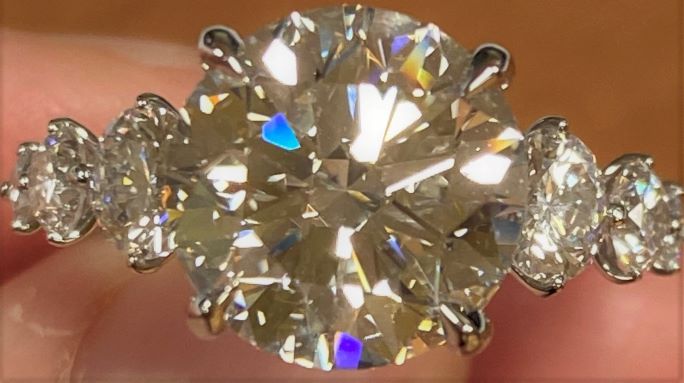
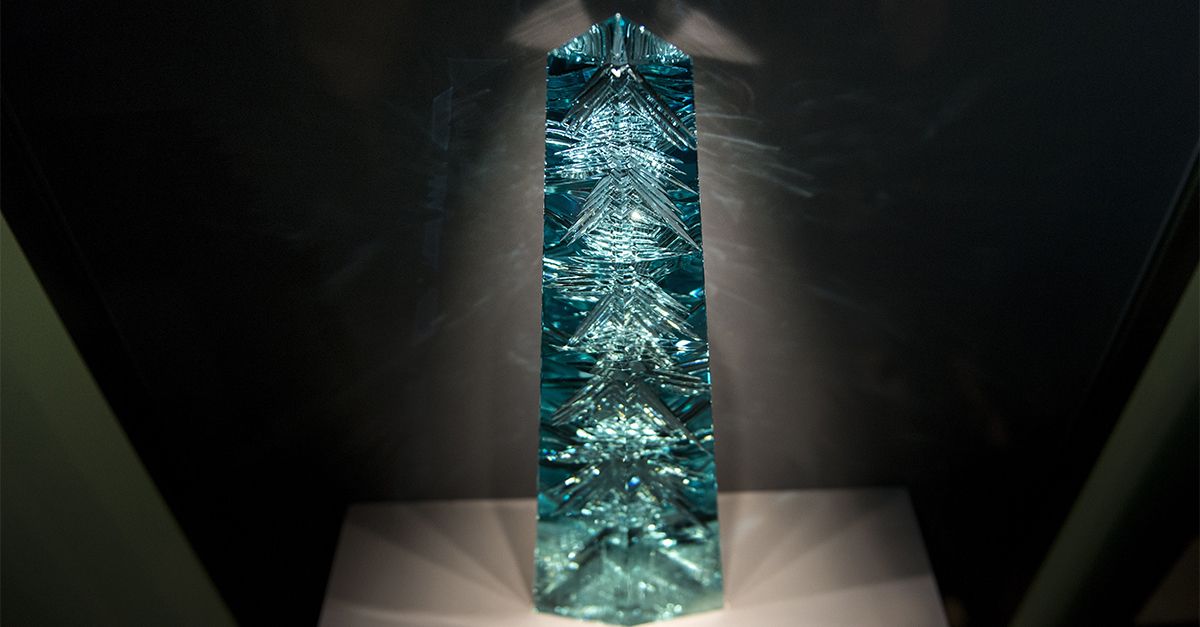
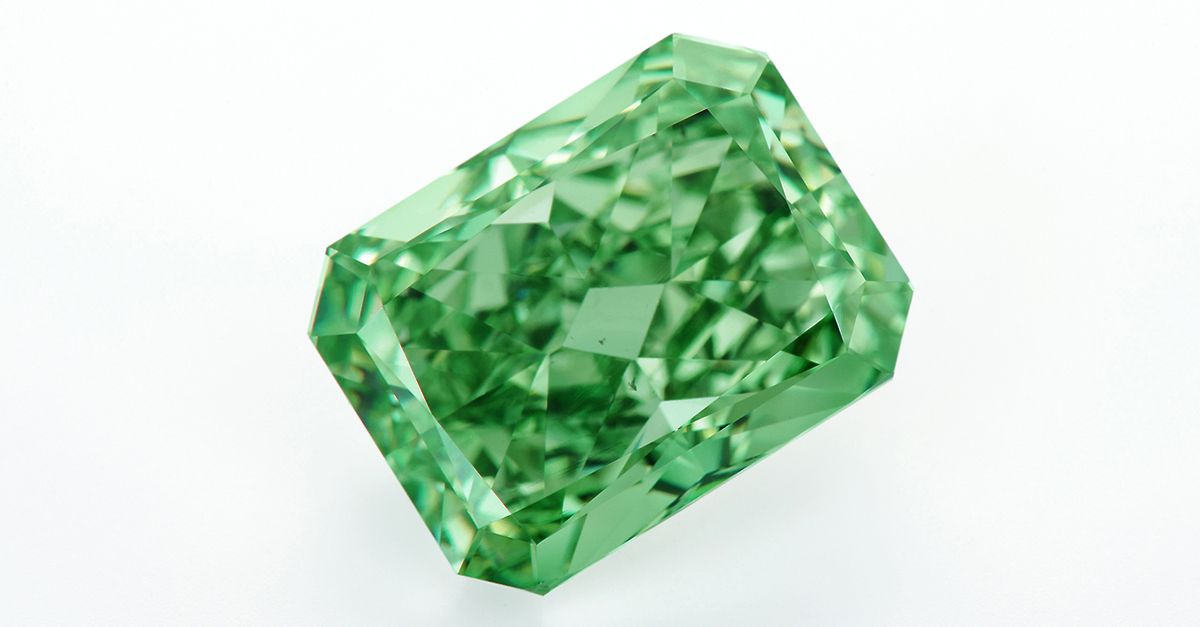
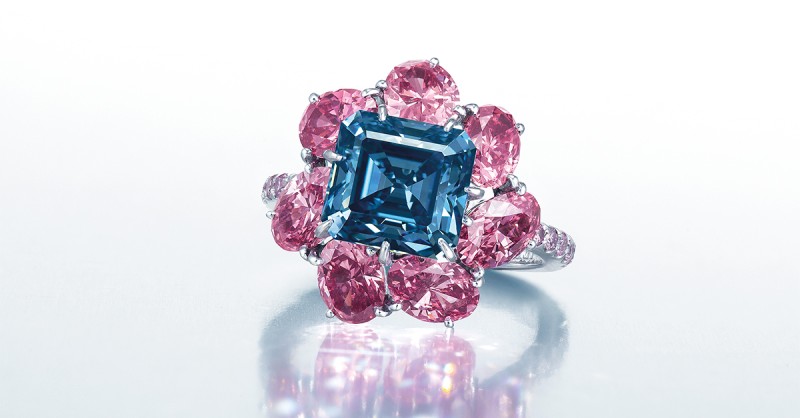
 RSS Feed
RSS Feed